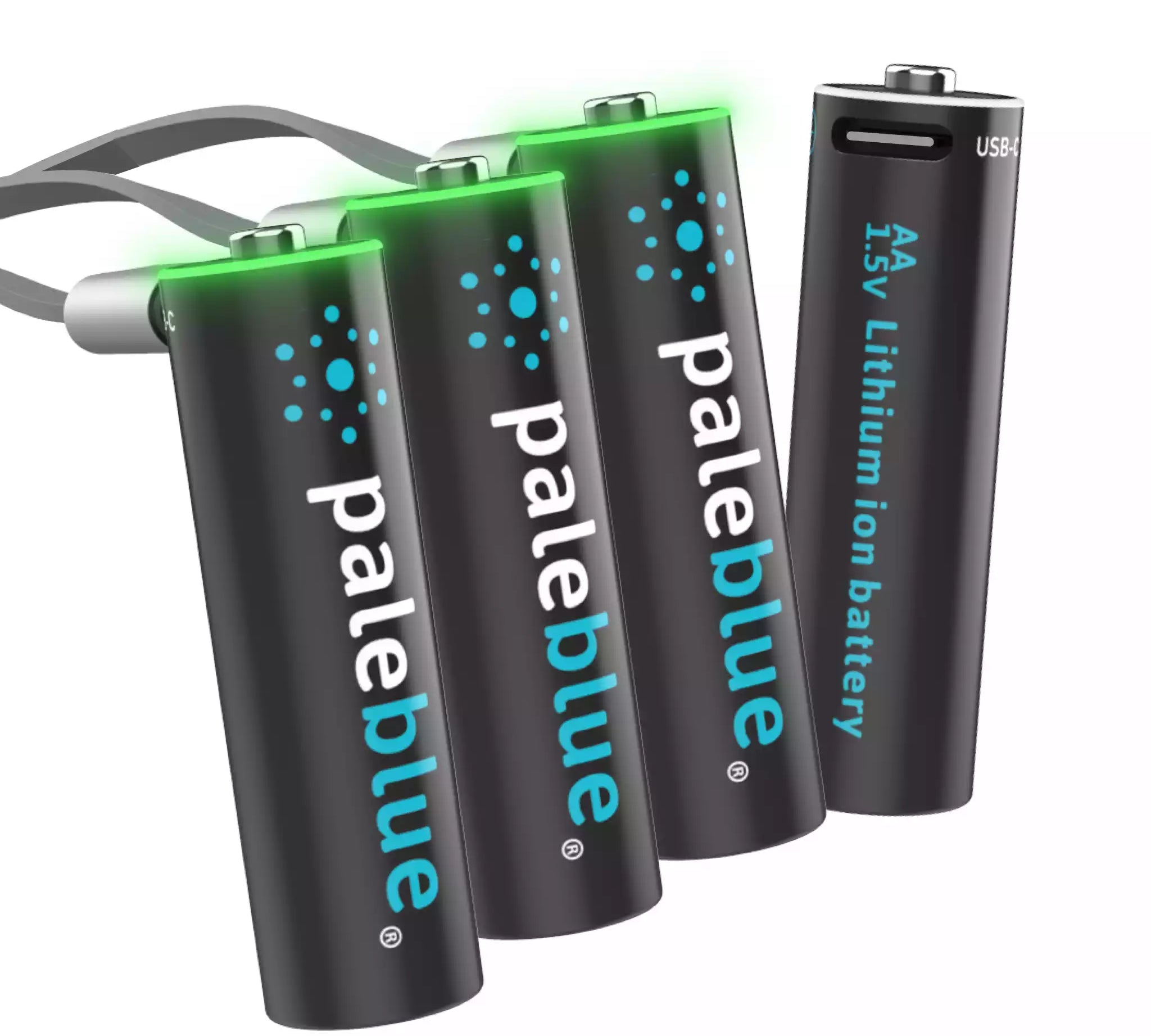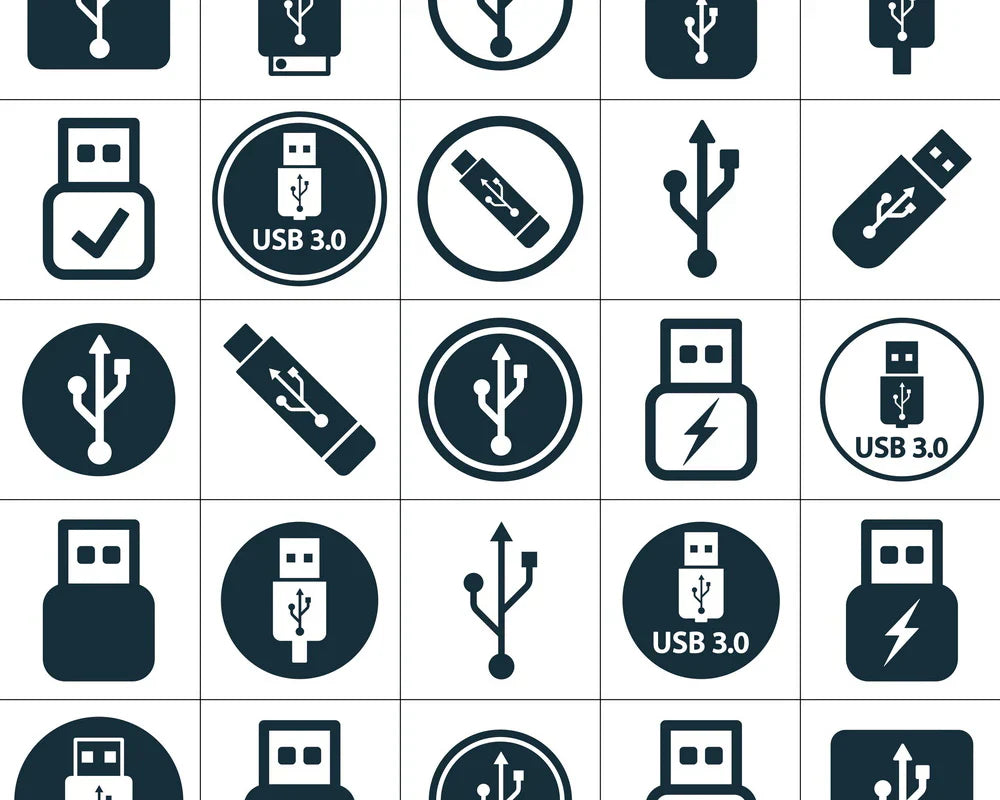Active and Passive Battery Balancing: What's the Difference?

We recently published a blog post discussing what makes smart batteries smart. We briefly touched on the idea of smart battery balancing. There are two ways to achieve the desired balance: actively and passively. That is what we will discuss in this post.
It is interesting to note that battery balancing isn't as big a concern when you're talking disposable alkaline batteries. Their discharge rates are fairly stable from start to finish. And of course, you don't recharge alkaline batteries. You throw them away. The reason for balancing rechargeable batteries is to prevent one battery in a set from fully charging or discharging. For the record, it is an issue of safety and quality.
Balancing Can Go Both Ways
When you are talking about two or more lithium-ion batteries being discharged or charged on the same circuit, balancing can occur in both directions. You can balance the batteries as they discharge inside of an electronic device. This prevents any one of the batteries in the set from fully discharging while the others continue powering the device.
When you're charging, balancing prevents any one of the batteries in the set from fully charging faster than the others. Not balancing during a charge cycle could lead to a fully charged battery overheating while the remaining batteries catch up.
Note that our USB rechargeable batteries contain the necessary circuitry to properly balance sets of cells. Our batteries are in no danger of fully discharging or being overcharged as long as they are functioning normally.
Passive Battery Balancing
Passive battery balancing is a way to achieve balance between batteries by dissipating excess energy. This is accomplished through a handy little device we call a bleed resistor. It takes energy away from a battery with a higher state of charge so that it remains balanced with the other batteries in the set.
Even though passive balancing can be achieved during both charging and discharge, it is important to know that it does not extend battery life during discharge cycles. And in some rare instances, passive balancing can actually reduce battery life between charges.
Active Battery Balancing
Batteries designed around active balancing include advanced circuitry that works to balance energy between cells without bleeding extra energy off to a resistor. As such, no energy is wasted in order to achieve balance. The circuitry moves energy around as needed to keep the batteries perfectly balanced.
Where charging is concerned, active balancing is the most efficient way to guarantee a set of batteries fully charges without any risks of overheating. As soon as full charge is achieved, on board circuitry stops the charging process. No batteries are in danger of overheating while the rest in the set catch up.
When batteries are discharging, active balancing can actually extend battery life quite a bit. Again, this is because excess energy is not bled off. It is simply redistributed so that all of the cells discharge at the same rate. You get longer life between charges and very little risk of any single battery in a set fully discharging.
Better Than Other Rechargeables
In closing, we want to let you know that battery balancing is one of the things that makes lithium-ion USB rechargeable batteries so superior to other rechargeable technologies. We give credit to NiCad and NiMH batteries as having served a purpose in their day. But today, lithium-ion batteries are superior.
You don't have to worry about battery balancing when you're using disposable alkaline batteries, either. But why use disposables when rechargeable lithium-ion batteries work just as well and, over the long-term save money?
- Tags: Economical Sustainability







